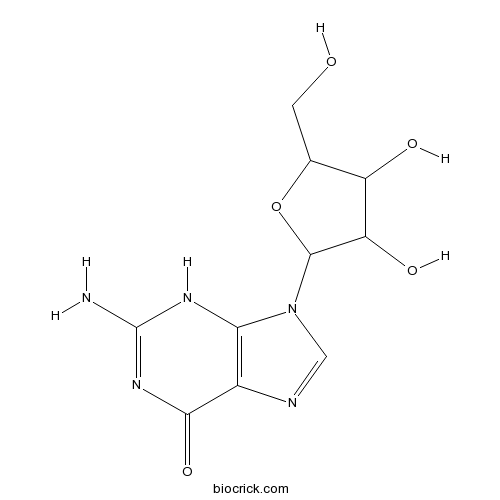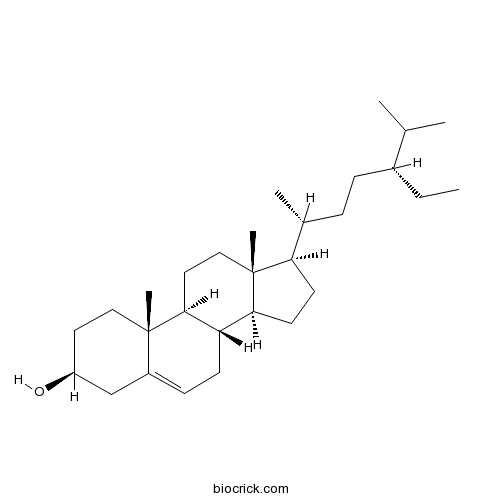Stellaria media
Stellaria media
1. The products in our compound library are selected from thousands of unique natural products; 2. It has the characteristics of diverse structure, diverse sources and wide coverage of activities; 3. Provide information on the activity of products from major journals, patents and research reports around the world, providing theoretical direction and research basis for further research and screening; 4. Free combination according to the type, source, target and disease of natural product; 5. The compound powder is placed in a covered tube and then discharged into a 10 x 10 cryostat; 6. Transport in ice pack or dry ice pack. Please store it at -20 °C as soon as possible after receiving the product, and use it as soon as possible after opening.
Natural products/compounds from Stellaria media
- Cat.No. Product Name CAS Number COA
-
BCN2962
Guanosine118-00-3
Instructions

-
BCN1015
Beta-Sitosterol83-46-5
Instructions

Effects of mutual intercropping on the cadmium accumulation in accumulator plants Stellaria media, Malachium aquaticum, and Galium aparine.[Pubmed: 29124423]
Intercropping affects heavy-metal uptake in plants. In this study, three cadmium (Cd)-accumulator species (Stellaria media, Malachium aquaticum, and Galium aparine) were intercropped together in Cd-contaminated soil to study the effects of intercropping on co-remediation. Mutual intercropping significantly increased the biomasses of S. media, M. aquaticum, and G. aparine compared with their respective monocultures. The photosynthetic pigment contents of three species were not significantly affected by mutual intercropping. Mutual intercropping did not increase the Cd contents in roots and shoots of G. aparine, but it increased the Cd contents in roots of S. media and M. aquaticum. It also decreased the Cd contents in shoots of S. media and M. aquaticum. Only G. aparine intercropped with M. aquaticum and three-species intercropping increased Cd-accumulation levels in whole plants of each species. Only S. media intercropped with M. aquaticum and three-species intercropping increased the Cd accumulation at the whole plant level in every plant in a single pot, with S. media intercropped with M. aquaticum showing the greatest increase. Therefore, S. media intercropped with M. aquaticum and three-species intercropping may improve the efficiency of phytoremediation of Cd-contaminated soil, with S. media intercropped with M. aquaticum representing the best combination.
Defense peptide repertoire of Stellaria media predicted by high throughput next generation sequencing.[Pubmed: 28038935]
Being perfectly adapted to diverse environments, chickweed (Stellaria media (L.) Vill), a ubiquitous garden weed, grows widely in Europe and North America. As opposed to the model plants, many weeds, and S. media in particular, have been poorly studied, although they are likely to contain promising components of immunity and novel resistance genes. In this study, for the first time RNA-seq analysis of healthy and infected with Fusarium oxysporum chickweed seedlings, as well as de novo transcriptome assembly and annotation, are presented. Note, this research is focused on antimicrobial peptides (AMPs), the major components of plant immune system. Using custom software developed earlier, 145 unique putative AMPs (pAMPs) including defensins, thionins, hevein-like peptides, snakins, alpha-hairpinins, LTPs, and cysteine-rich peptides with novel cysteine motifs were predicted. Furthermore, changes in AMP expression profile in response to fungal infection were traced. In addition, the comparison of chickweed AMP repertoire with those of other Caryophyllaceae plants whose transcriptomes are presently available is made. As a result, alpha-hairpinins and hevein-like peptides which display characteristic modular structure appear to be specific AMPs distinguishing S. media from Dianthus caryophyllus, Silene vulgaris, and Silene latifolia. Finally, revealing several AMPs with proven antimicrobial activity gives opportunity to conclude that the presented method of AMP repertoire analysis reveals highly active AMPs playing vital role in plant immunity.
Shared and host-specific microbiome diversity and functioning of grapevine and accompanying weed plants.[Pubmed: 27871147]
Weeds and crop plants select their microbiota from the same pool of soil microorganisms, however, the ecology of weed microbiomes is poorly understood. We analysed the microbiomes associated with roots and rhizospheres of grapevine and four weed species (Lamium amplexicaule L., Veronica arvensis L., Lepidium draba L. and Stellaria media L.) growing in proximity in the same vineyard using 16S rRNA gene sequencing. We also isolated and characterized 500 rhizobacteria and root endophytes from L. draba and grapevine. Microbiome data analysis revealed that all plants hosted significantly different microbiomes in the rhizosphere as well as in root compartment, however, differences were more pronounced in the root compartment. The shared microbiome of grapevine and the four weed species contained 145 OTUs (54.2%) in the rhizosphere, but only nine OTUs (13.2%) in the root compartment. Seven OTUs (12.3%) were shared in all plants and compartments. Approximately 56% of the major OTUs (>1%) showed more than 98% identity to bacteria isolated in this study. Moreover, weed-associated bacteria generally showed a higher species richness in the rhizosphere, whereas the root-associated bacteria were more diverse in the perennial plants grapevine and L. draba. Overall, weed isolates showed more plant growth-promoting characteristics compared with grapevine isolates.
[Expression of plant antimicrobial peptide pro-SmAMP2 gene increases resistance of transgenic potato plants to Alternaria and Fusarium pathogens].[Pubmed: 29369560]
The chickweed (Stellaria media L.) pro-SmAMP2 gene encodes the hevein-like peptides that have in vitro antimicrobial activity against certain harmful microorganisms. These peptides play an important role in protecting the chickweed plants from infection, and the pro-SmAMP2 gene was previously used to protect transgenic tobacco and Arabidopsis plants from phytopathogens. In this study, the pro-SmAMP2 gene under control of viral CaMV35S promoter or under control of its own pro-SmAMP2 promoter was transformed into cultivated potato plants of two cultivars, differing in the resistance to Alternaria: Yubiley Zhukova (resistant) and Skoroplodny (susceptible). With the help of quantitative real-time PCR, it was demonstrated that transgenic potato plants expressed the pro-SmAMP2 gene under control of both promoters at the level comparable to or exceeding the level of the potato actin gene. Assessment of the immune status of the transformants demonstrated that expression of antimicrobial peptide pro-SmAMP2 gene was able to increase the resistance to a complex of Alternaria sp. and Fusarium sp. phytopathogens only in potato plants of the Yubiley Zhukova cultivar. The possible role of the pro-SmAMP2 products in protecting potatoes from Alternaria sp. and Fusarium sp. is discussed.


